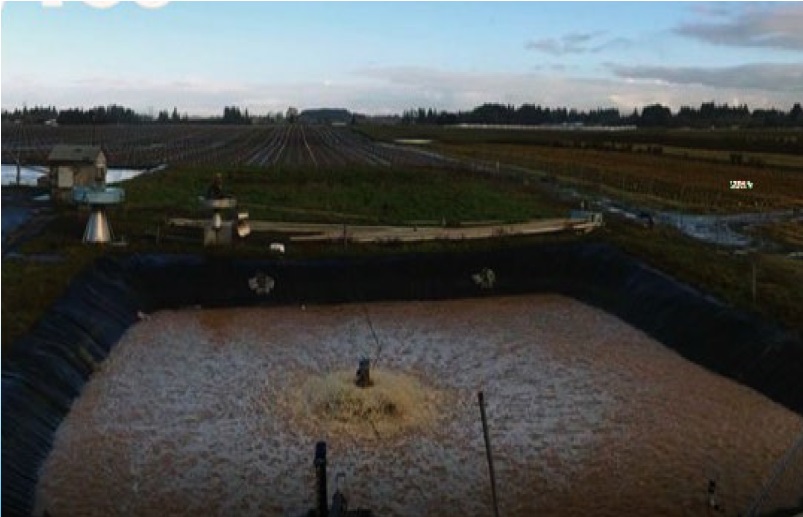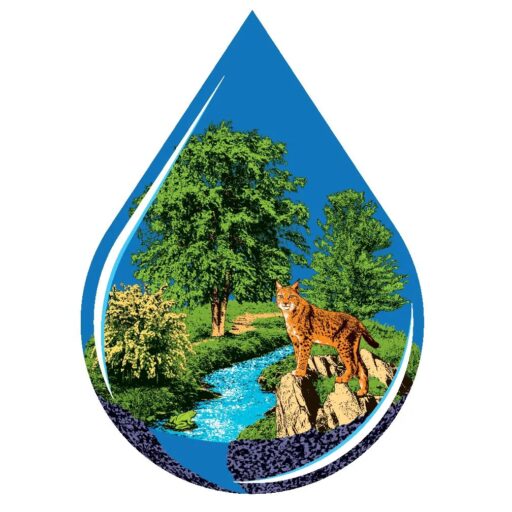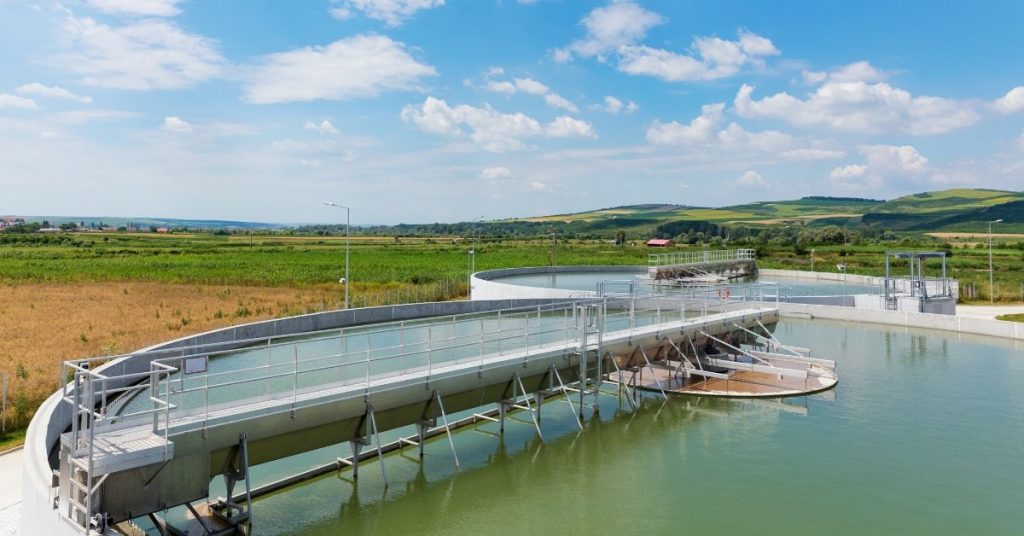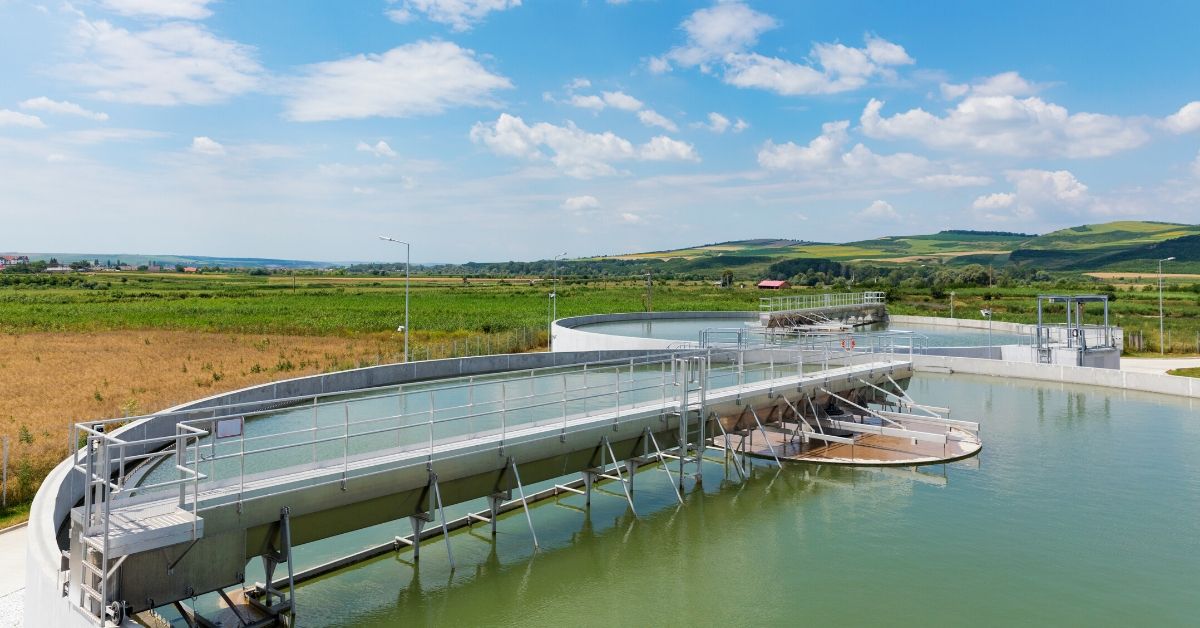Industrial Food & Beverage Wastewater Treatment Plant 0.01 MGD
Wastewater treatment plants processing industrial wastewater are often challenged with high biological oxygen demand (BOD) and total suspended solids (TSS)
loadings. Specifically, wastewater byproducts from food and beverage manufacturing industries require extensive treatment to meet local and federal water quality standards.
Increasing the biological process efficiency in these wastewater treatment facilities can help decrease BOD and TSS concentrations in plant effluent. Wastewater Bioaugmentation and Biostimulation, by Michael Gerardi (2016), states that augmenting the appropriate wastewater cultures in a system with high organic loadings can increase bacterial populations to more rapidly digest carbonaceous substrate.1
BioLynceus® bioaugmentation was implemented in a wastewater treatment plant processing beverage manufacturing wastewater. The following paragraphs outline the efficacy and benefits of using ProBiotic Scrubber® II (PBII) to treat BOD and TSS in an industrial wastewater treatment plant (IWTP).

Figure 1. Case study wastewater treatment system encompassing mechanical, clarifier, and lagoon components.
An industrial plant in Oregon processing beverage manufacturing wastewater was struggling with high effluent BOD and TSS concentrations. An average of 0.01 MGD wastewater flows were processed by the system.
This facility was not efficiently processing the heavy organic loads produced by the beverage manufacturer. To properly treat the high strength industrial wastewater, the IWTP discharge was processed a second time at a local wastewater plant. The company’s expense for additional treatment was dependent on the effluent BOD and TSS loadings.
Surcharge cost was especially high in the winter months when the biology in the pretreatment system was least active. Motivated to reduce their discharge payments to the local utility, the IWTP management contacted BioLynceus®.
A diverse biological product, PBII, was implemented to enrich the system with live cultures of organotrophic wastewater bacteria to improve process efficiency. PBII was inoculated at the influent to the mechanical plant and in the wastewater treatment ponds.
Additional product was dosed by pump in treatment ponds one, two, and three. After a month of treatment, starting in May, the plant discharge surcharges were reduced by 25%.
The financial benefits of decreasing BOD and TSS in the first 30 days covered the cost of PBII for a year. By December, the total discharge fees paid by the IWTP were reduced by 73% and the BOD surcharge was eliminated.
The facility continued to use PBII over the following years with little to no discharge expenses. The wastewater supervisor wrote in a letter of endorsement, “The consistent results that we have experienced on a whole have been staggering and the savings on our cost a bonus.”
BioLynceus® bioaugmentation helped decrease BOD and TSS concentrations in the plant effluent which reduced surcharges to further process discharge.
1 Gerardi, M. (2016). Wastewater Bioaugmentation and Biostimulation. Lancaster, Pennsylvania: DEStech Publications, Inc. Pp.117.



